Customer data is extremely valuable for many reasons, and one of the biggest is to make your marketing more effective. Customer data can act as the foundation for your marketing strategy, help you optimize and refine your campaigns, and influence the marketing messages you create.
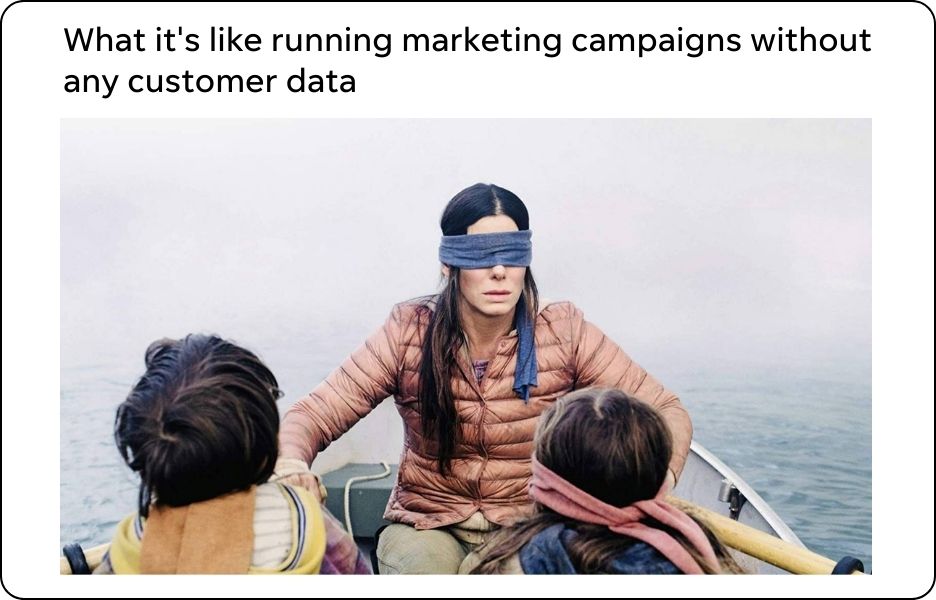
But as privacy becomes even more important and customers pay more attention to how businesses are collecting, storing, and using their information, this is turning into a pretty big challenge for businesses—especially smaller, local businesses.
So in this guide, we’ll cover:
- What customer data is
- Types of customer data
- 5 ways to collect customer data
- How to use customer data for marketing
- Tips for ethical customer data collection and storage
At the end, you’ll understand the importance of customer data for your marketing strategy and be equipped with some ways you can ethically collect and use customer data this year.
What is customer data?
Customer data is any information about your customers or potential customers. It includes demographic information, contact information, and more (we’ll get into the types of customer data in a minute!).
It’s important to collect customer data so you can refine your campaign targeting, build segmented email lists, learn more about your audience, and more.
Before we dive into the types of customer data, let’s talk about the different sources of data:
- Zero-party data: Data customers give to businesses willingly.
- First-party data: Data businesses source directly from their customers.
- Second-party data: Data businesses have access to that they didn’t collect and don’t own. This data can come from a partner sharing data or insights.
- Third-party data: Data businesses use that have no ties to the business. This is typically collected from multiple sources and can be purchased by businesses for specific campaigns or research.
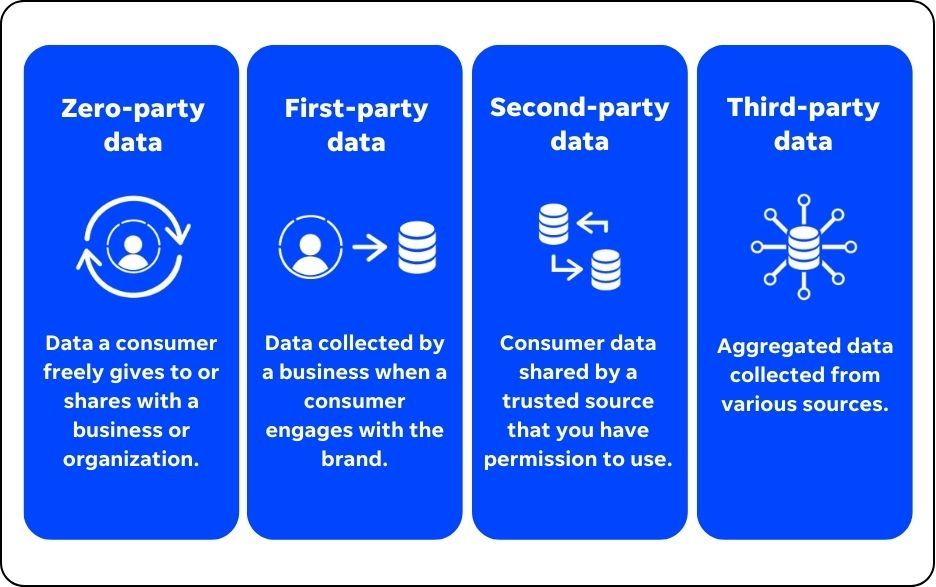
Zero- and first-party data are the best types of data collection sources to use when sourcing customer data. Why? Because they are the most transparent, least likely to infringe on privacy policies, and lead to more engaged customers and campaigns. Second- and third-party data are still helpful to inform your marketing strategies and help boost the effectiveness of other campaigns.
Types of customer data
There are four main types of customer data that you can collect—and they can help your business’s marketing efforts in different ways.
Basic data
Basic data is pretty self-explanatory. It’s the basic information about your customers, including their:
- Name
- Email address
- Phone number
- Address
- Gender
- Income
- Industry
- And more
This is basically demographic data. Basic data is fairly easy to collect as many people are used to providing their names, email addresses, phone numbers, and addresses when placing an online order, downloading a piece of content, or signing up for a newsletter.
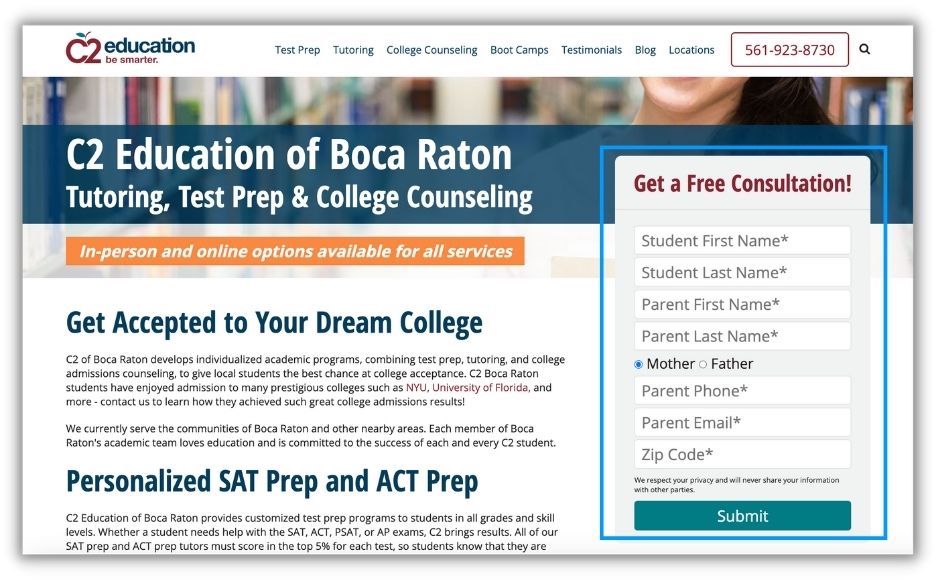
This information can provide the basis for your campaign targeting, can help you assess which marketing channels to use, and can inform a number of marketing strategies.
Engagement data
Engagement data is information about how your customers engage with your business across various touchpoints. This could include their engagement with your social media sites, how they click through your website, or whether or not they click on your search ad.
Typically, businesses collect this data at a higher level rather than an individual level. Although there are some tools that can help you see this information at a user level.

An example of engagement data for a business’s Facebook page.
This customer data can be used to assess the effectiveness of your marketing efforts, identify specific campaigns or messages that are resonating with your brand, and inform areas for improvement in your marketing strategy.
Attitudinal data
Attitudinal data is information about how customers feel about your business and your products or services. This customer data is extremely useful but is more difficult to collect.
Because this type of data comes straight from your customers, it’s usually collected as a survey or review.
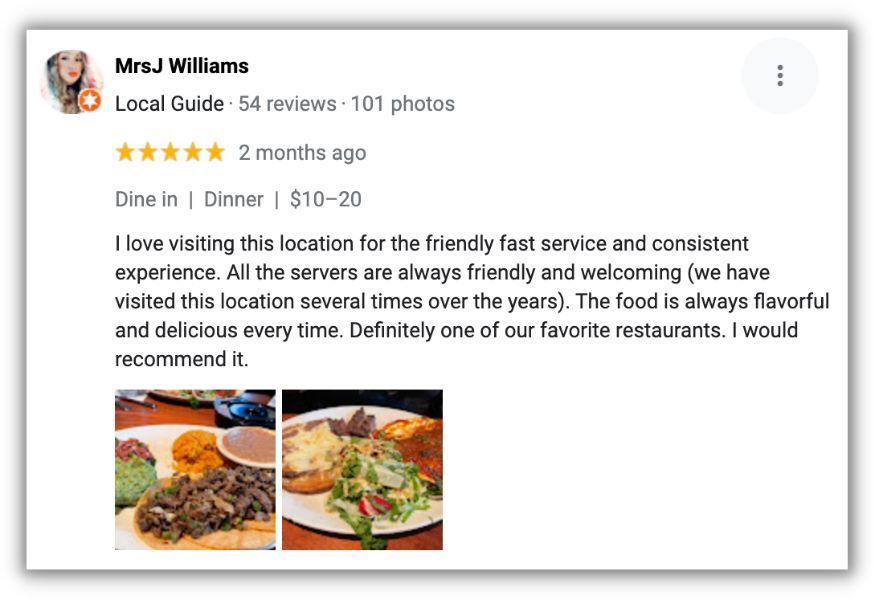
Attitudinal data can help you improve your marketing campaigns, your products and services, and your overall business operations.
Behavioral data
Behavioral data is information about how customers engage directly with your products or services. This includes past purchases, appointments scheduled, items added to a cart, and more.
This information can be collected through a variety of sources, such as a lead management platform, a POS system, and more.

Behavioral data can impact your nurture campaigns, promotions, and more.
How to collect customer data
There are many different ways to collect customer data without infringing on your customers’ rights or violating their privacy. We’re going to focus on some zero- and first-party customer data collection methods.
Here are some options for collecting customer data.
1. Build an email list
Building an email list is one of the best ways to collect customer data. You can build an email list in many different ways, including:
- Having people sign up for your newsletter
- Adding a contact form to your website
- Adding a contact form to your landing pages
- Creating a quiz where customers get their results in exchange for an email address
- And a few other options we’ll talk about shortly
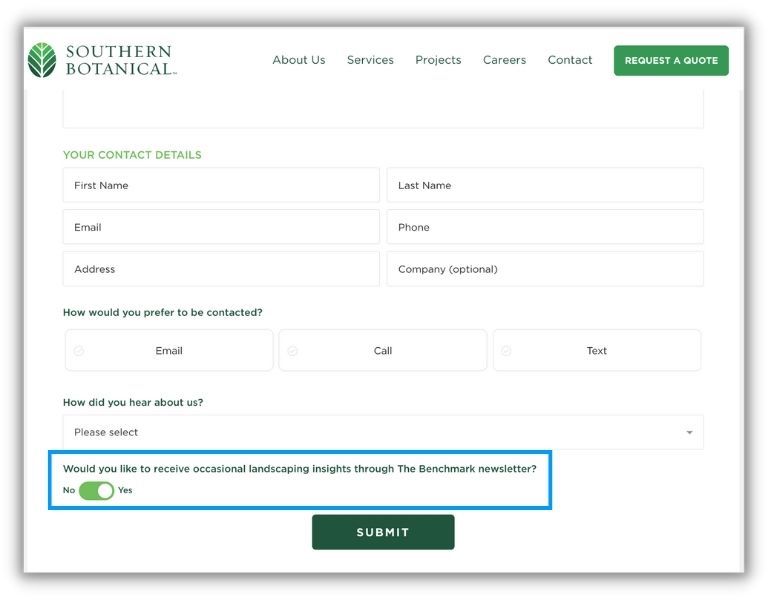
Building an email list will help you collect basic and engagement data and set the stage to help you collect additional data through some of our other ideas.
2. Send a survey
One of the best ways to learn more about your customers and prospects is to ask them! You can do this through surveys, which can be sent via email, added as a link on your website, or included as a link on your invoicing or receipts.
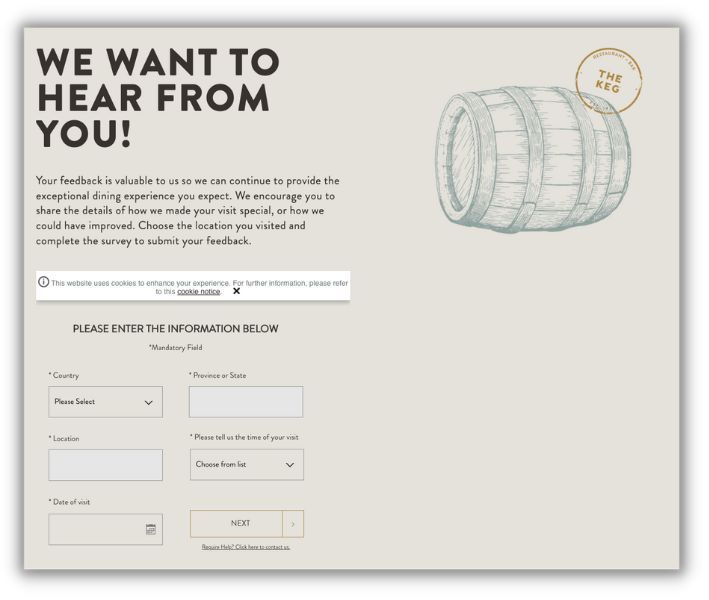
The questions in your survey will depend on the type of customer data you’re hoping to collect.
For example, if you want to collect basic data, your survey will likely read more like a lead collection form that includes spaces for your customer’s name, phone, number address, and occupation.
If you want to collect the ever-elusive attitudinal data, your survey will focus more on how customers perceive your business, your products, and your services.
You can also survey your customers to find out information that may influence behavioral data, such as what social media sites they’re active on, where they’ve seen your business online, and what types of content they’re interested in seeing from your business.
3. Run a contest
Whether you’re looking to build your email list or see a change in engagement data, running a contest is a great customer data collection method.
In exchange for the valuable information you’re collecting from your customers, you’ll want to make sure the prize is compelling and that you promote your contest on the channels your customers are most likely to engage—probably social media, through email, and on your website.

4. Use a lead management system
One of the best ways to collect customer data and learn more about your customers is by using a lead management system. A lead management system tracks where your leads are coming from, how they’ve engaged with your business online, and their behavior with your products or services.
A lead management system that uses a single lead inbox can also aggregate your customer data and help you identify interesting trends that can impact your overall marketing strategy and how you spend your budget.
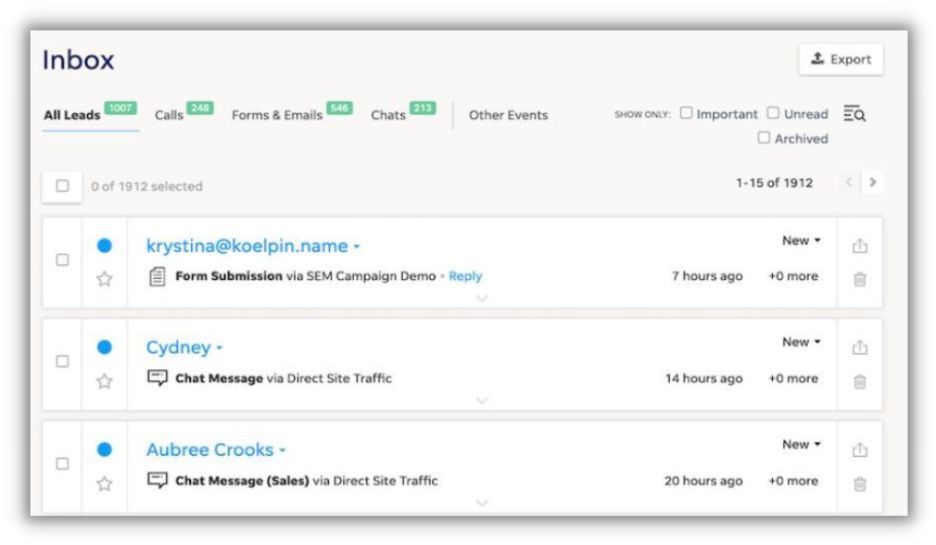
This data customer collection method can also help you learn more about your specific customers’ journey—including how many touchpoints it takes a lead to convert or what marketing channels convert at the highest rate.
5. Offer a free downloadable resource
Another great way to build your email list and collect customer data is to provide a free downloadable resource that relates to your business.
While this is a popular tactic in the B2B world, it can also work really well for B2C businesses. For example, a cleaning business can provide a downloadable spring cleaning checklist or a dentist can provide a downloadable guide on the foods to avoid for healthy teeth.
The goal is to make your resource compelling enough for a prospect or customer to provide their information in exchange for what you’re offering.

By offering multiple downloadable resources, you can also collect customer data about the topics that drive the most downloads and tailor your content creation or campaigns to those topics or messages.
How to use customer data for marketing
We’ve touched a little on how the types of customer data can impact your marketing, but let’s dive a little deeper now that you have some ideas on how to collect it.
Identify the right marketing channels
When you understand more about your customers, including their demographic information and where they spend time online, you can choose the right marketing channels that will make the biggest impact on your business.
For example, if you know that most of your customers are Gen Zers, then you can assume that TikTok, Snapchat, and Instagram will be big drivers for your business.

Or, if through a survey, you find that most of your current customers found your business on Google, then you might consider focusing more of your marketing efforts on search ads and SEO so you can capture more customers there.
Through collecting customer data, you may also identify some new channels that you hadn’t considered—which can help you test new strategies and make your marketing even more effective.
Refine marketing messages
When you understand how your customers engage with your business, what drives them to make a purchase with you, and their top pain points, you can better refine your marketing messages. This helps you personalize your marketing strategy to your most likely customers, which can drive better results.
For example, after sending a survey to your plumbing customers, you may have found that most of them value your quick response time to emergency jobs. You can then use this information in your ad copy, on your website, and in your social media posts to influence potential new customers to give you a call or think of you when they have an emergency.

Optimize campaigns
Better understanding your target market through customer data is extremely helpful for optimizing your campaigns and overall marketing strategy.
And even the most basic data about your customers can help. For example, location data makes up the foundation of many paid advertising campaigns, so by understanding that most of your customers are in a specific suburb, you can optimize your ad targeting to reach them.

You can also optimize your ad copy using feedback from your refined marketing messages and identify specific searches that drove customers to your website or to click on your ad.
Personalize your marketing
Personalization is no longer a “nice to have” when it comes to effective marketing. It’s a necessity. And you can’t personalize your marketing without access to customer data.
Customer data can help you segment your audiences, which leads to better-targeted ad campaigns or email marketing messages.
For example, within your lead management system, you could tag customers who previously purchased your teeth whitening package and then send them emails about teeth whitening specials or content on how to keep your teeth clean, since this is likely a topic they’re interested in. These targeted messages can help customers feel like they’re getting a personalized experience and lead them to take action.
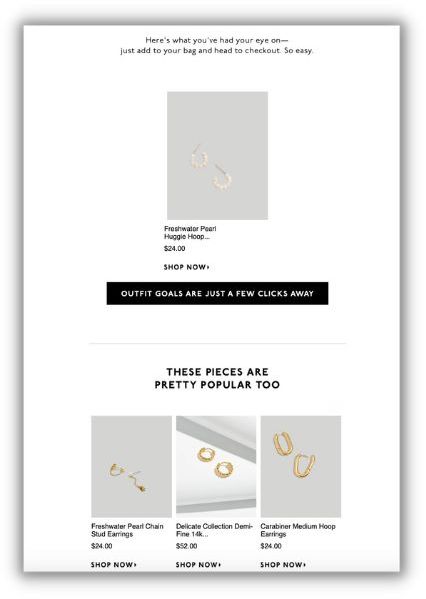
Customer data can also help influence the type of content you create, which helps create a more personalized experience for your customers. This content can be distributed across social media, your website, your newsletter, and more, which leads to more engagement on your marketing channels.
Influence nurture sequences
When you collect customer data that helps you understand your buyer’s journey, you can create nurture sequences meant to increase conversions.
Email nurturing is when you send a series of emails meant to drive prospects through the sales funnel until they convert into a customer.
By collecting customer data about how your customers engage with your business throughout the funnel, you can optimize your nurture sequences to identify the right path for segments of potential customers.
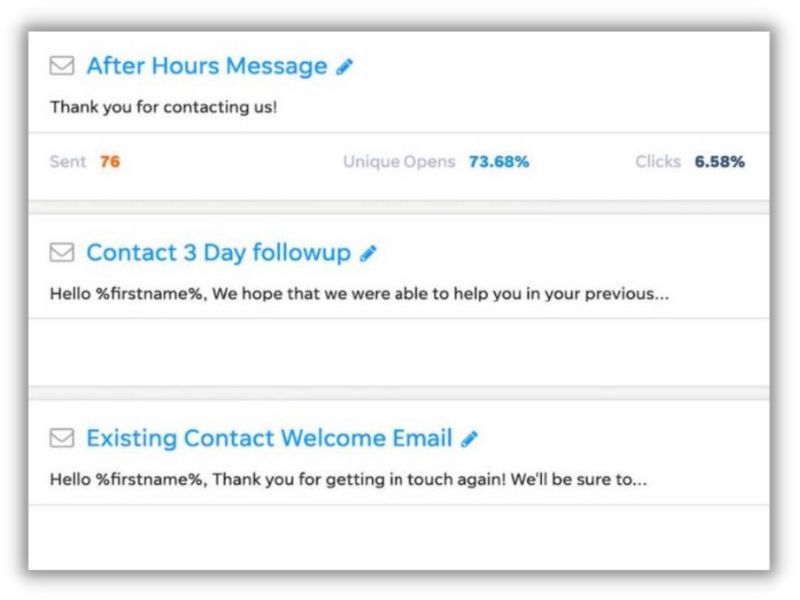
For example, say you’re an SAT prep center. You might find that an email with tips for helping your child study for the SATs followed by an email from a parent and student testimonial who received stellar scores after preparing with your SAT prep center drove a high volume of calls or classes scheduled. That would then be a compelling nurture sequence to continue testing for better results.
Tips for ethical customer data collection and storage
We can’t end this post without touching on some important tips for collecting and storing customer data.
- Include unsubscribe buttons: Every email you send to your email list should include an unsubscribe button so people can opt out at any time.
- Create a privacy policy—and publish it on your website: A privacy policy that outlines how you collect, use, and store customer data is essential. Make sure to publish it on your website and include it any time customers are providing their data or opting into your email list.
- Protect customer data: Any business that collects customer data is at risk for a security breach. Take extra steps to protect your customers and their data.
- Be transparent: Communicate with your customers or prospects if a breach happens, if you update your privacy policy, or if there’s any threat to their data.
- Try a double opt-in: A double opt-in is becoming more standard as it ensures customers know what information they’re providing to businesses. It can also lead to a more engaged email list!

Example of a double opt-in email.
Collect and use customer data the right way
Collecting and using customer data can be tricky—if you don’t do it right. By using these zero- and first-party collection methods, you can get access to valuable customer data without infringing on your customers’ rights or making customers feel uncomfortable.
As second- and third-party data collection become murkier, these methods will help you find customer data and use it right.
Related Articles
-

What's a Good Click-Through Rate? (+How to Improve Yours)
-

7 Ways Small Businesses Can Lower Cost Per Lead
-

Impressions vs. Clicks: What's the Difference?
-

What Happens in an Internet Minute: 90+ Fascinating Online Stats [Updated for 2024!]
-

The 9 Most Important Conversion Metrics to Track for Digital Marketing Success

